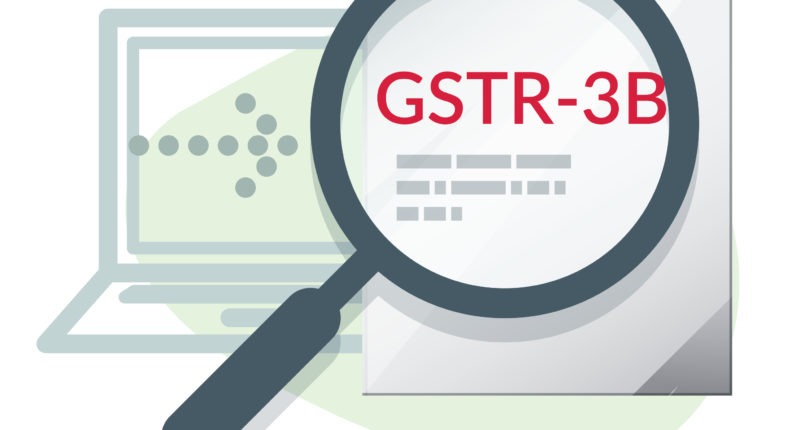The GST Network (GSTN) has released an advisory for all the taxpayers required to comply with the QRMP scheme for March 2021. Considering the newness of the scheme, the government has issued the advisory dated 8th April 2021. These taxpayers are complying with it for the first time for the January-March 2021 quarter.
The third month of the quarter’s compliance differs slightly from the first two months of the quarter. The GST returns in forms GSTR-1 and GSTR-3B must be filed in April 2021 for the January-March 2021 quarter. Hence, the consolidated details must be submitted for the entire quarter by the due dates lined up in April 2021. In contrast, the tax payments must take place regularly every month.
The advisory detailed the timelines for tax payments by the taxpayers under the QRMP scheme for all three months of a quarter. For the first two months of the quarter, these taxpayers must pay tax through a challan known as PMT-06 by the 25th of the following month. While this challan is generated on the GST portal, taxpayers must select “Monthly payment for the quarterly taxpayer” as the reason for challan generation.
The tax computation for the first two months also varied from the third month of the quarter. The taxpayers can choose either of the two methods prescribed by the law. The advisory affirms that these options are only available for the first two months of the quarter.
Under the first method, popularly called the “35% challan” method or “Fixed Sum” method, a pre-filled challan gets generated. It contains a challan amount equivalent to 35% of tax paid by cash for the previous quarter, provided it was a quarterly return. However, if the preceding return happened to be filed monthly, then the challan amount auto-computed is 100% of tax paid for that previous month, preceding the relevant quarter.
Under the second method known as the “Self-assessment” method, the taxpayers must compute tax liability for that relevant month. It is done by considering the tax payable on outward supplies or sales and reducing the tax paid on inward supplies or purchases for every tax head such as CGST, SGST, IGST and Cess.
Note that if the cash balance in the electronic cash ledger is sufficient to clear off the liability as per challan, then the taxpayer need not separately deposit cash.
On the other hand, the tax calculation for the last month of the quarter is entirely different. For instance, the tax to be arrived at for March 2021 of the January-March 2021 quarter will be purely based on values declared in form GSTR-3B for the quarter. It will take into account the tax payments done for the first two months of the same quarter. Any shortfall of payment that got spilt over to the last month must be paid along with the challan for the third month of that quarter. The taxpayers must fill up the details in quarterly form GSTR-3B, click on the “Create Challan” button in payment table 6 of GSTR-3B, file the PMT-06 challan while depositing the tax amount due.
The due date of tax payment for the third month is either the 22nd or 24th of the month following the quarter, i.e., 22nd or 24th April for the January-March 2021 quarter. It is the same as the due date for filing quarterly GSTR-3B.
The government has earlier issued various advisories to ensure that the taxpayers can smoothly comply with the scheme’s rules. These taxpayers have already been allowed to declare their invoices raised on B2B outward supplies for January and February 2021 through the Invoice Furnishing Facility (IFF).
The invoices so declared shall get auto-populated into the quarterly GSTR-1 due by 11th April 2021 for January-March 2021 quarter. Although this reduces manual efforts to some extent, there is also a relative amount of reconciliation involved while filing GSTR-1 to ensure no duplicates and omissions in invoice reporting. Hence, taxpayers must be cautious while filing the quarterly GSTR-1 and GSTR-3B to consolidate details of all three months of the January-March 2021 quarter.
For any clarifications/feedback on the topic, please contact the writer at annapoorna.m@cleartax.in
Annapoorna, popularly known as Anna, is an aspiring Chartered Accountant with a flair for GST. She spends most of her day Singing hymns to the tune of jee-es-tee! Well, not most of her day, just now and then.





